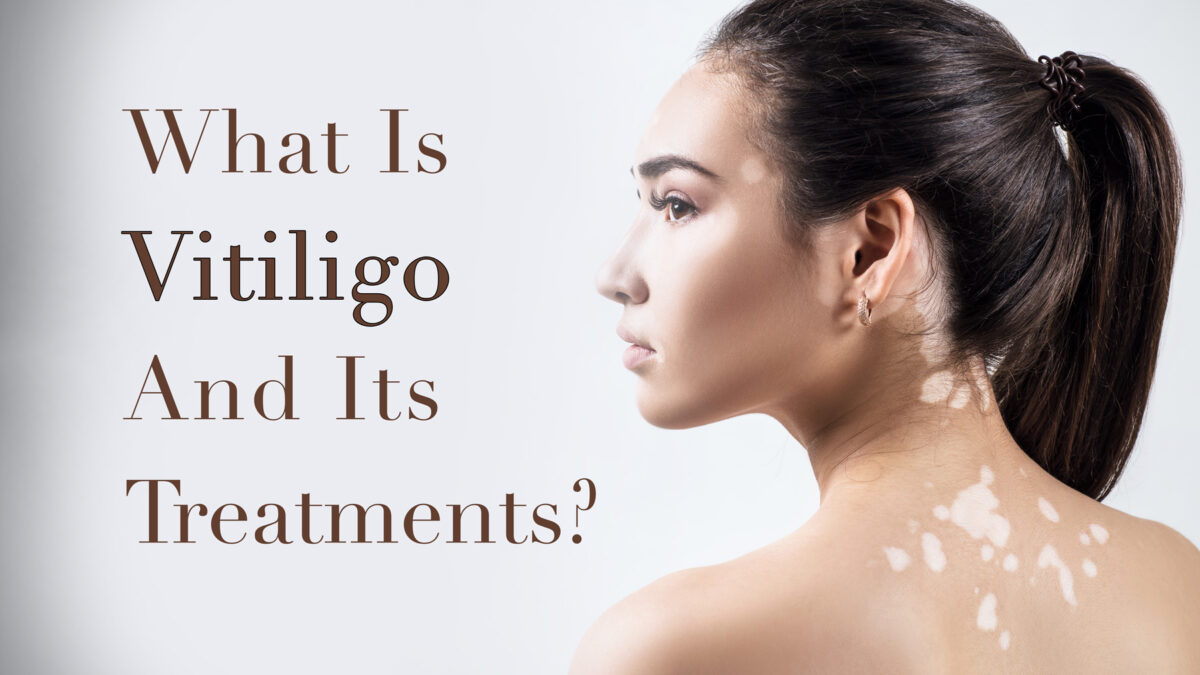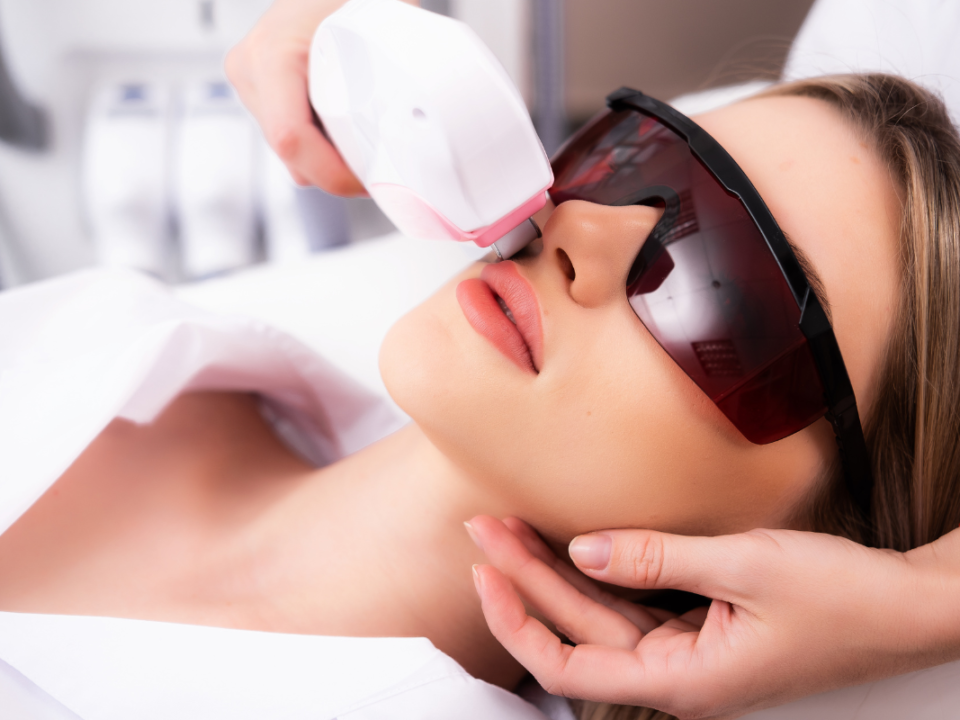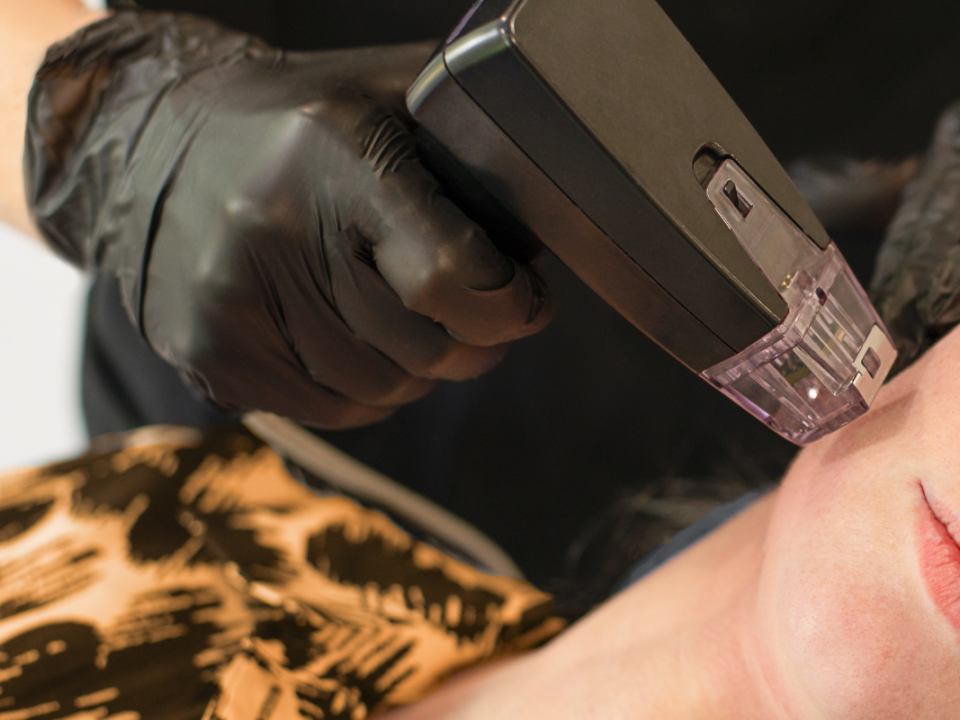
Tips on Laser Hair Removal for Men
December 19, 2022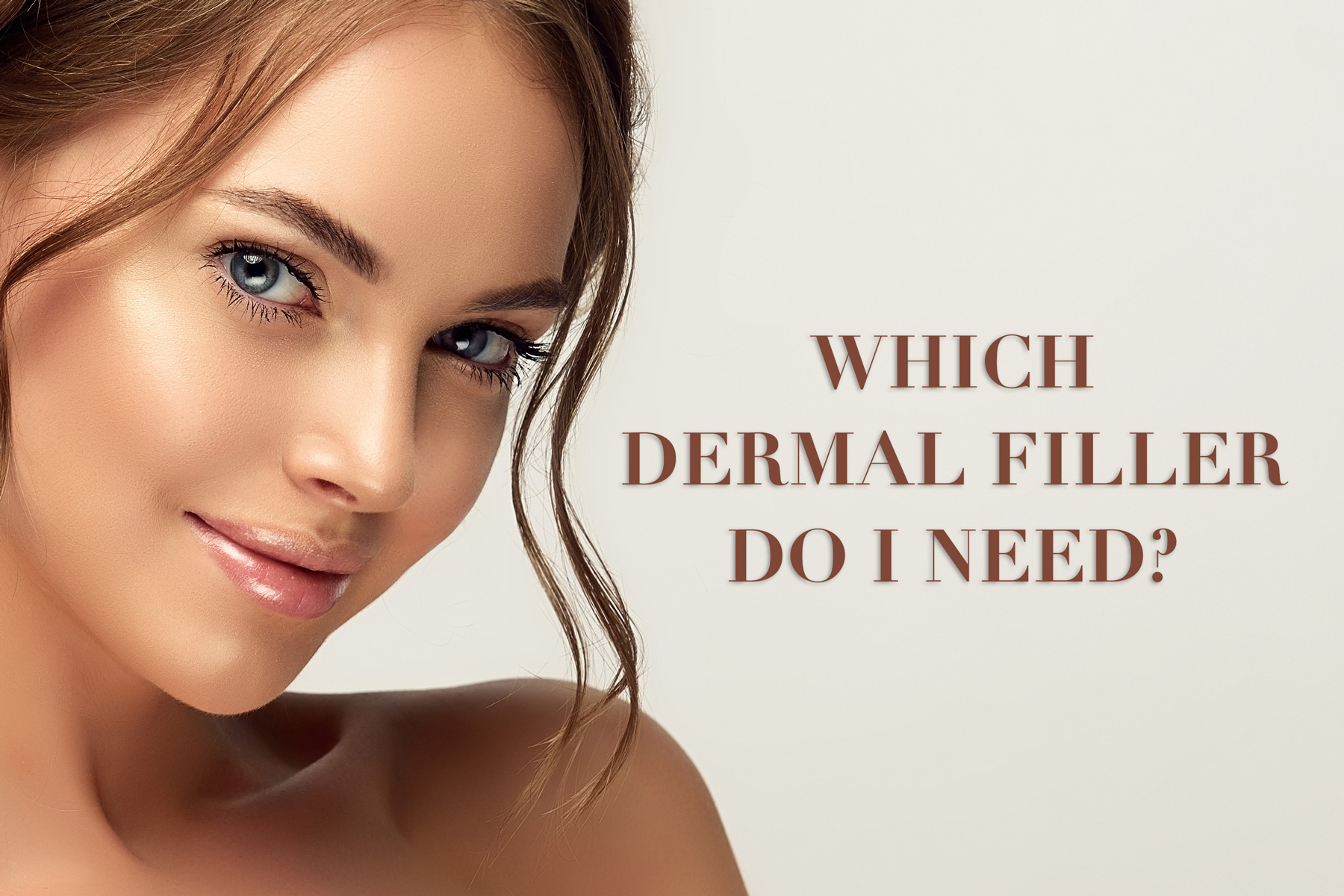
Which Dermal Filler Do I Need?
January 16, 2023Loss of pigment in the skin or Vitiligo can attack people of any age, gender, or ethnicity to affect the growing patches of skin. It is more than a cosmetic problem , though not life-threatening. Treatment is possible, but may not be a reversal of all the signs.
What Is Vitiligo?
Vitiligo is referred to as a skin condition in which patches of your skin lose their color. The affected areas are likely to remain discolored forever. Vitiligo will mostly occur in areas that are more sensitive to sunlight. It can also impact the eyes, the inside of the mouth, and the hair. Lighter patches will be more visible if you have dark skin. Vitiligo will spread in weeks or remain unchanging for months. People with vitiligo typically experience a painful sunburn, hearing loss, and vision changes. The condition can increase the risk of skin cancer as well.
What Are Vitiligo’s Symptoms?
The development of flat light spots or patches on the skin can mark the onset of vitiligo. The patches are irregular in shape. The first apparent white spot often appears due to exposure to the sun. The patches may be itching, but do not cause any severe discomfort. They vary from person to person. You may get only a handful of white spots or larger white patches, which will join together and affect more significant areas of skin.
What Are The Causes of Vitiligo?
Different factors may cause your skin to get affected by vitiligo though none of them has been proven to be the exact reason.
- genetics: Having a first-degree relative with vitiligo is a very significant cause. About 20% of the diagnosed patients have been reported to have parents suffering from the condition.
- Autoimmune reaction: Your immune system may kill melanocytes as a natural reaction, and this can cause loss of pigment in the skin.
- Stress: The imbalance of oxygen molecules and antioxidants can lead to vitiligo.
- Environmental elements: Specific factors such as your lifestyle, emotional pain, sunburn, and chemical exposure can cause vitiligo.
- Autoimmune condition: Health issues such as diabetes, psoriasis, thyroid disease, and rheumatoid arthritis may be connected to vitiligo.
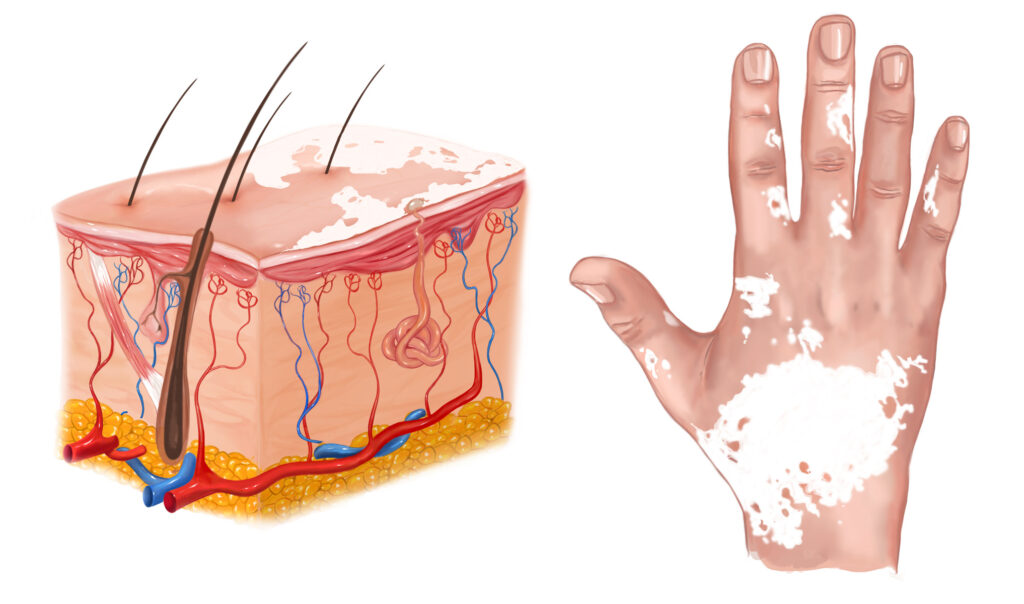
What Are Vitiligo’s Treatments?
While many people feel comfortable living with vitiligo, it may not be as comfortable for you. In both cases though, it is an issue that requires medical attention. The effectiveness of the treatments is not guaranteed, and no treatment will fully re-pigment the skin. However, several methods can reduce the visibility of the patches caused by the condition.
Sunscreen
Using sunscreen is recommended as a treatment for this condition based on the American Academy of Dermatology Association. The lighter patches of skin are very likely to burn by sunlight.
UVB light
A very common treatment for vitiligo is exposing the affected areas to UVB lamps. You will need two or three visits a week to treat the issue with the help of this approach. In case you have white spots across large areas, this method may involve full-body treatment in a hospital. UVB light therapy can be applied as a combined method of treatment with other procedures to positively affect vitiligo.
UVA light
UVA is another type of phototherapy treatment that involves taking a drug that increases the skin’s sensitivity to UV light. Then, in a series of treatments, the affected skin is exposed to high doses of UVA light.
Skin Camouflage
Certain colored cosmetic creams can help with the white patches. Skin camouflaging can utilize make-up with different tones to match your skin.
Tattooing
Medical tattooing involves implanting pigment into your skin. This method can work best around the lips and is very effective for people with darker skin tones. Still, skin damage may occur and even lead to fresh patches. The color is another issue since it is difficult to match it with your natural skin tone.
Skin grafts
A skin graft is a surgical procedure that can carefully remove healthy patches of the affected areas. This method is not common among patients due to being invasive and time-consuming.
Depigmenting
If the affected area is widespread, depigmentation is a helpful permanent solution. It is performed by reducing the skin color in the unaffected areas to match the whiter ones.
Lumecca IPL
Lumecca may also help with this condition by targeting pigmented lesions. The treatment utilizes a process called Photothermolysis and makes the target area absorb more light than the surrounding areas.
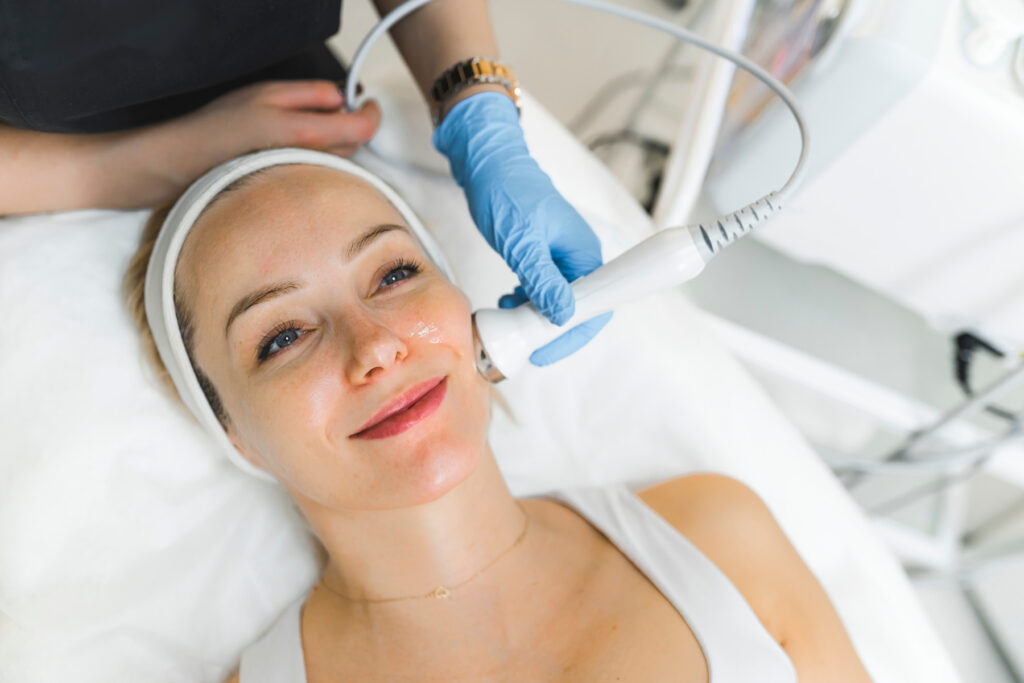
What Types Of Vitiligo Are There?
There are two types of vitiligo: segmental and non-segmental.
This type of vitiligo which is less common spreads rapidly but is constant and stable. It mostly occurs around four to ten years of age and only affects one body area and responds well to topical treatments.
Non-segmental vitiligo
In non-segmental vitiligo, the first white patches develop slowly but are symmetrical in one specific part of the body. This type is more common and appears more on the skin exposed to the sun, such as the face, neck, and hands.
The social issues one would face due to vitiligo make it more challenging to cope with. As a result, you may experience problems with self-esteem, anxiety, or depression. You can connect with us to overcome these difficulties. Our team is ready to help you with any skin problems. You will experience a comfortable personalized treatment for any possible issues.


